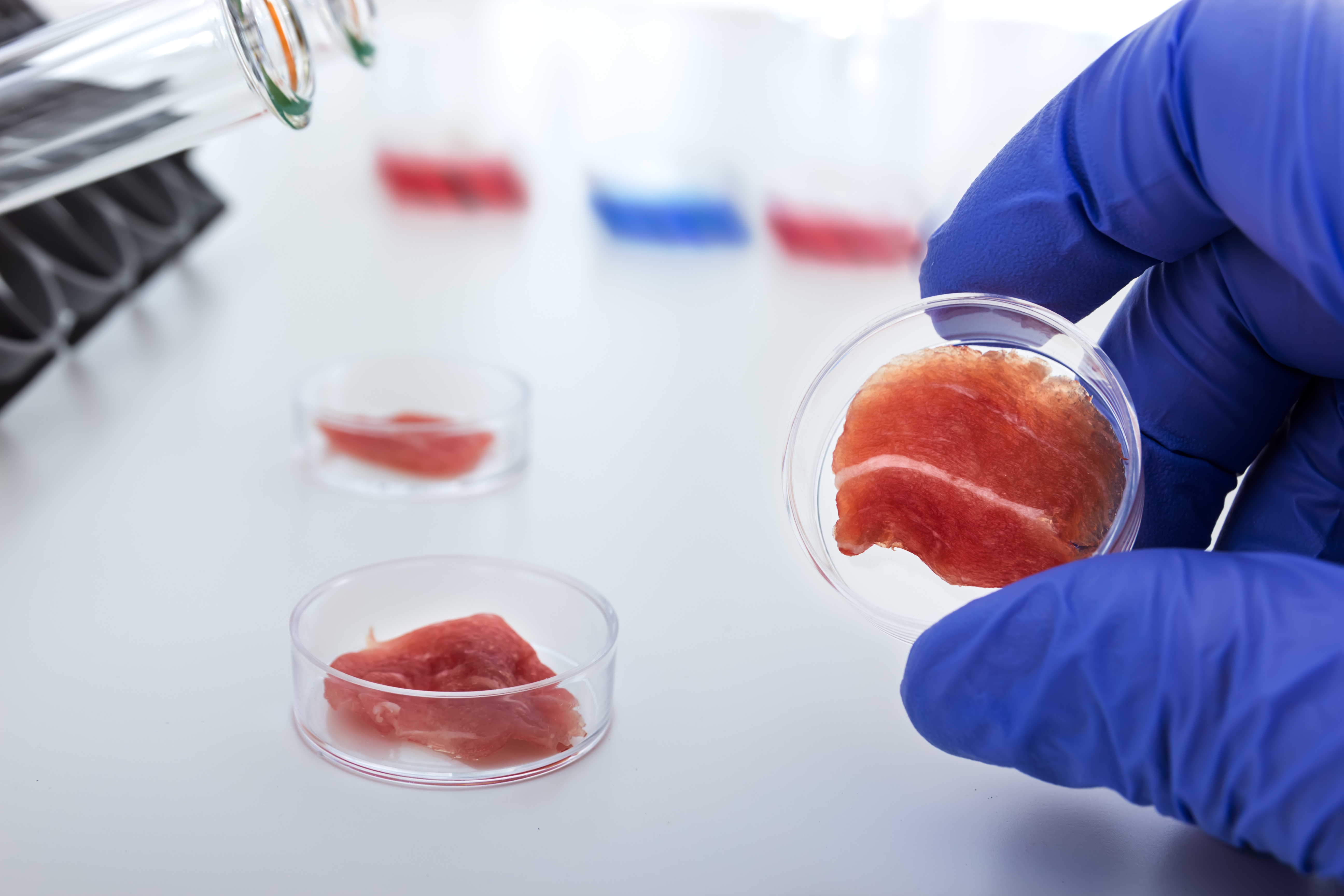



Genome editing’s potential to reshape agriculture for a better future
Mention genome editing out loud and many involved in the agricultural industry will twitch in fear while others can foresee the precise benefits it can bring.With climate change, increasing animal diseases and a more demanding consumer wanting fewer antibiotics used, future agricultural production will need to change, but is genome editing part of the solution?
In a bid to assess how mind-set is changing Chris McCullough speaks exclusively with Diane Wray-Cahen, Senior Science Advisor for agricultural biotechnologies at the Foreign Agricultural Service (FAS), an agency within the United States Department of Agriculture (USDA).
Diane has been a science advisor with the USDA Foreign Agricultural Service since 2010. She received a BS and PhD in animal science from Cornell University and afterwards spent over 16 years conducting agricultural and biomedical research with swine and dairy cattle in the United Kingdom at the Institute of Grasslands and Environmental Research, Hurley; University of Reading, and in the United States before moving into the realm of science policy.

Could you outline the focus of your current work?
DWC - My job at FAS focuses on scientific and regulatory developments associated with agricultural biotechnologies, including genome editing, and on the potential impact of these technologies on US agricultural innovation, trade, and policy. I work with officials in other countries to encourage informed and rational responses to new agricultural biotechnologies and to promote science-based and risk-proportionate standards and regulatory approaches globally.
What do you feel are the real benefits of gene editing in plants and livestock?
While genome editing is certainly not a silver bullet for solving all agricultural challenges, in my opinion, it is the most promising and innovative technology for agricultural breeding that I have seen during the last 30 years. It has the potential to reshape how we use agricultural biotechnologies as part of conventional breeding programmes, combining it with the information gained from crop and livestock genome sequencing. Because certain tools of genome editing, such as CRISPR Cas9, can be used in various species and cost less than other technologies, researchers all over the world are using genome editing technologies to develop solutions to agricultural problems – be it in Brazil, Australia, Kenya, or India.
An additional advantage of genome editing is that it also has the potential to introduce characteristics that farmers need, while helping increase and protect genetic diversity in livestock and crops. For example, a rare cattle breed could be made more tolerant to changing climate conditions or emerging diseases, without losing the other characteristics of the breed.
One huge benefit for both the plant and animal agricultural industries is that genome editing can be used to reduce the time it takes to create new varieties of plants and to introduce new traits into livestock. It can also introduce some traits that may not be available in the breeding pool, such as pest or disease resistance. This is true for all agricultural breeding, but the impact is even greater with plants and animals with long generation times, such as cattle or trees, where it can take decades of breeding and back crossing to introduce some traits.
Do you think there is a need for gene editing in the agricultural industry today?
New innovations are constantly needed for agriculture in order to keep ahead of new challenges. Genome editing is one of these new innovations and yes, it is one of the tools that our farmers and plant and animal breeders will need to meet current and emerging challenges of changing climate conditions and the constantly evolving disease and pest pressures.
Is the market ready for gene editing? Globally or in some specific countries?
One of the largest market barriers for agricultural products of genome editing is the regulatory approach that some countries, such as those in the EU, may take and the current uncertainty for the regulatory landscape globally.
Some countries in Latin America are taking an approach that, if other countries adopt, has the potential to really change the landscape for agricultural applications of genome editing and allow these techniques to be used as a breeding tool that could be accessible to all countries, allowing locally produced solutions to regional agricultural challenges to reach farmers and consumers.

In an ideal world, publicly-funded, low-risk research solutions using genome editing could reach farmers without an expensive and lengthy regulatory process. Breeders in Kenya and India, for example, would then be able to edit crops and livestock adapted to their region to address the problems that their farmers face.
We face serious agricultural challenges for which genome editing could help provide viable solutions. For example, citrus greening is seriously damaging the citrus industry in Florida, Avian Influenza remains a concern, and now the world faces the threat of African Swine Fever, which has killed millions of pigs globally, especially in Asia, and poses threats to the European swine industry. We do not want to be in a situation where potential low risk solutions exist, but farmers in the UK, US, and elsewhere are unable to use them.
Do you think the consumer is ready for genome editing?
There is no one type of consumer; consumers have a variety of reasons for making the purchasing decisions that they do. Some consumers are looking for food production using less antibiotics or pesticides. Some are looking for ways to support small farmers. Some are concerned about climate challenges that farmers face. Some are looking for products with healthier nutritional profiles. Genome editing has the potential to help provide some of these choices and expand options for consumers and farmers.
What resistance have you come across when discussing genome editing in plants or livestock?
Many people who I have spoken with are supportive of what agricultural applications of genome editing can do and the promise that they hold. That does not mean that I have not heard concerns. What these concerns are varies with the individual and their background and their beliefs. In many cases, it is not the tool itself, but how it is used that is important. Consumer acceptance or resistance may depend upon what products the technologies are used to create, as well as who uses the tool.

Some resistance is focused on the perception of “unkept promises”. Some ask where are the solutions that were promised with genetic engineering? For example, the products with traits focused on consumer desires or on helping poorer farmers in the world. These have not materialised as hoped, but the irony is that the regulatory processes put in place for genetically engineered products have contributed to this. These processes are expensive and only those products with the potential for a high rate of cost return are introduced.
Therefore, two traits, insect resistant and herbicide tolerant, in a small number of crops have dominated the market.
Some are also concerned with the agricultural sector being “owned” by a few large corporations. Again, in general, only those companies with deep pockets have been able to afford navigating the regulatory processes for genetically engineered products. There are exceptions, such as the USDA-Cornell University-University of Hawaii-developed Rainbow Papaya, but they have been few and far between.
Regulatory processes that are not proportionate to risk have been effective at keeping many products of genetic engineering off the market. One thing that is perhaps surprising, and frustrating, is that stricter regulations are often requested in response to concerns or resistance to technologies, although the primary concerns have nothing to do with what our regulatory systems are assessing for food or environmental safety.
Putting in place stricter, non-risk-proportionate regulations exacerbate the situation, making it more likely that only big companies can navigate the system. Data from Argentina and USDA suggests that risk proportionate regulatory approaches for products of genome editing may change this and allow small companies and public institutions to bring a more diverse selection of agricultural products to market.
The hope is that our current and future farmers have more options, not fewer.
--Words by Chris McCullough


